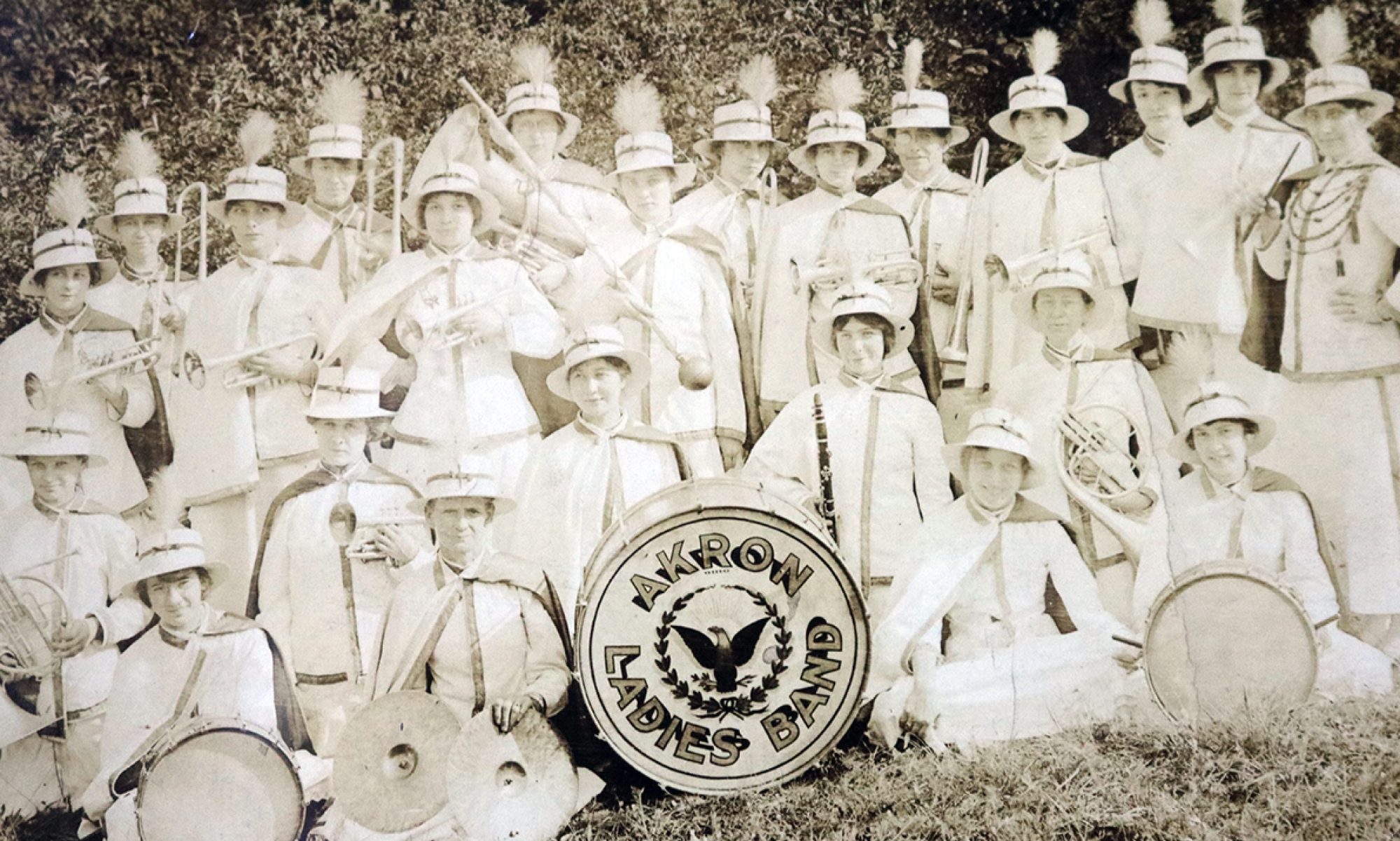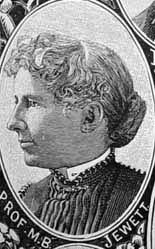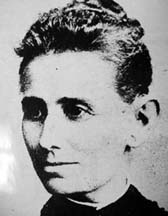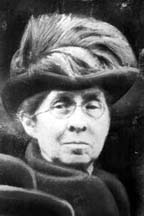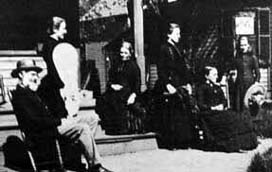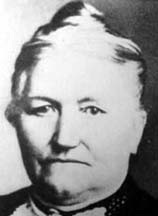In 1874 Angeline Stewart Manly determined the direction of the temperance crusade not just in Akron, Ohio, but also in the state.
Manly signed the call for the rally that set the temperance crusade in motion in Akron. She then became the city’s representative to the first state convention. That convention led to the organization of the Women’s Temperance League of Ohio and Manly was elected president. (The Woman’s Christian Temperance Union was not yet organized.)
Angeline Stewart Manly was the daughter of Adam and Sarah Stewart. She was the second wife of George Watson Manly (also spelled Manley in various sources). Manly was a successful photographer in the city. The family lived at 501 W. Market St., in the more affluent part of the city.
Manly seemed to be the driving force behind all the temperance activities in Akron in 1874. She was elected vice president of the county temperance convention. She was also selected to deliver a memorial on temperance to the Ohio Constitutional Convention.
In 1883, Manly (writing under the name Angie Stewart Manly) published a novel, Hit and Miss: A Story of Real Life.
By 1890, the Manlys had moved to Canton. Her husband opened a photo studio there. Published materials do not indicate that Manly resumed her leadership role in the Canton temperance organizations. George Manly died in Canton in 1900. Angeline Stewart Manly died in 1913.
–Kathleen L. Endres
